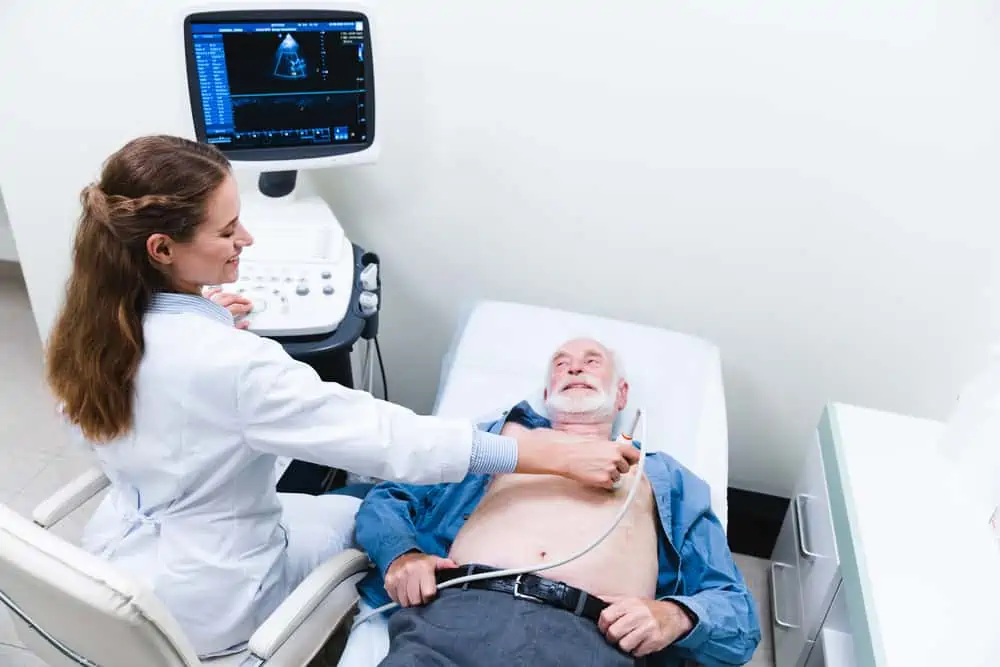Top Aorta Specialists and Treatment Options in Singapore

People in Singapore who worry about their aorta need clear, local information. This article covers how common aortic aneurysms are in Singapore, who is at risk, how they are found, and what treatment and outcomes look like here.
TL;DR
-
Aortic aneurysms are uncommon in Singapore but more likely in people with cardiovascular risks. Screening is recommended for selected groups. Treatments include surveillance, open repair, and endovascular repair (EVAR). Early detection improves outcomes.
Prevalence & Demographics
In Singapore the overall rate of abdominal aortic aneurysm is low but rises in high-risk groups.
Definition: an aortic aneurysm is a localized dilation of the aorta Singapore caused by weakening of the vessel wall. Studies across Asia report about 1.3% prevalence overall and up to 2.5%–4% in high-risk groups (PubMed meta-analysis; local reports). For Singapore-specific context, regional hospitals report similar low baseline rates with higher detection in cardiovascular clinics.
Prevalence by risk group
Here is a quick comparison to show how risk affects detection.
Who Is Most at Risk
Risk concentrates in older adults, men, smokers, and people with high blood pressure.
Common risk factors include smoking, hypertension, high cholesterol, family history, and known atherosclerotic disease. *Men aged 65+ and current or former smokers carry higher risk.* Singapore vascular services emphasize targeted screening for these groups.
Symptoms & Warning Signs
Aortic aneurysms are often silent until they grow large or rupture.
Typical warning signs include sudden severe chest, back, or abdominal pain, a pulsatile abdominal mass, fainting, or shortness of breath. Many patients report no symptoms; that is why imaging matters. Examples: a 55-year-old smoker with poorly controlled blood pressure diagnosed by ultrasound after a routine health check.
Diagnosis in Singapore
Diagnosis relies on imaging and clinical assessment by vascular teams.
Ultrasound is the primary tool for abdominal aortic aneurysm screening. CT angiography defines size and anatomy for surgical planning. Local centres such as Singapore General Hospital provide coordinated vascular assessment and imaging services. For international evidence on prevalence and screening, see the PubMed review.
Treatment Options
Treatment ranges from watchful waiting to open surgery and endovascular repair.
Small aneurysms often undergo surveillance with periodic ultrasound. Large or symptomatic aneurysms require repair to prevent rupture. In Singapore, patients can access both open surgical repair and endovascular aortic repair (EVAR) in major hospitals and specialist centres. PanAsia Surgery describes local treatment pathways and postoperative care for Singapore patients.
Endovascular vs Open Repair
EVAR usually offers faster recovery and lower early mortality; open repair may have longer durability.
EVAR uses a stent-graft delivered through the groin arteries. It reduces blood loss and shortens hospital stay. Open repair replaces the diseased aortic segment with a graft. Open repair suits patients with complex anatomy or young patients who may need longer-term durability. Studies show EVAR reduces perioperative risk but requires imaging follow-up for graft maintenance.
Treatment Outcomes & Survival
Outcomes depend on aneurysm size, rupture status, and timeliness of care.
Ruptured aneurysms carry high mortality: less than 50% of patients survive the first day after rupture and many die without immediate treatment. Elective repair has much better survival; five-year survival after successful repair approximates general population figures for matched age groups. Local centres report outcomes in line with international standards when care is timely.
Prevention & Screening Recommendations
Prevention focuses on risk modification and targeted screening for high-risk groups.
Control blood pressure, stop smoking, manage cholesterol, and maintain healthy weight. Screening programs in Singapore favour men older than 65 with smoking history or those with strong family history. Opportunistic screening during abdominal ultrasound or cardiac imaging is common practice in vascular clinics.
Where to Get Care in Singapore
Major public and private hospitals provide vascular surgery and imaging services.
For specialist evaluation, consider vascular surgery units at public hospitals or accredited private clinics. Singapore General Hospital has a dedicated vascular surgery service that offers diagnosis and both EVAR and open repair. PanAsia Surgery also lists aortic care pathways and consult options for patients in Singapore.
Summary
Aortic aneurysms in Singapore are relatively rare but dangerous if undetected. Targeted screening for at-risk adults and timely access to EVAR or open repair improve survival and reduce emergency operations.
FAQs
How common are aortic aneurysms in Singapore?
They are uncommon in the general population (~1.3%) but more frequent in cardiovascular risk groups (~2.5%).
When should I be screened?
Screen if you are a man over 65 with a smoking history or have strong family history or known vascular disease.
Is EVAR available in Singapore?
Yes. EVAR is available in major hospitals and offers less invasive repair with quicker recovery.
What is the survival after rupture?
Rupture carries high early mortality; less than half survive the first day without prompt surgical care.
Want personalized advice? Talk to a vascular specialist if you have risk factors or concerning symptoms. For more detailed local information see this PanAsia Surgery overview and the PubMed prevalence review.
Links: PanAsia Surgery: Aorta overview, PubMed: AAA prevalence in Asians, Singapore General Hospital: Vascular Surgery.


